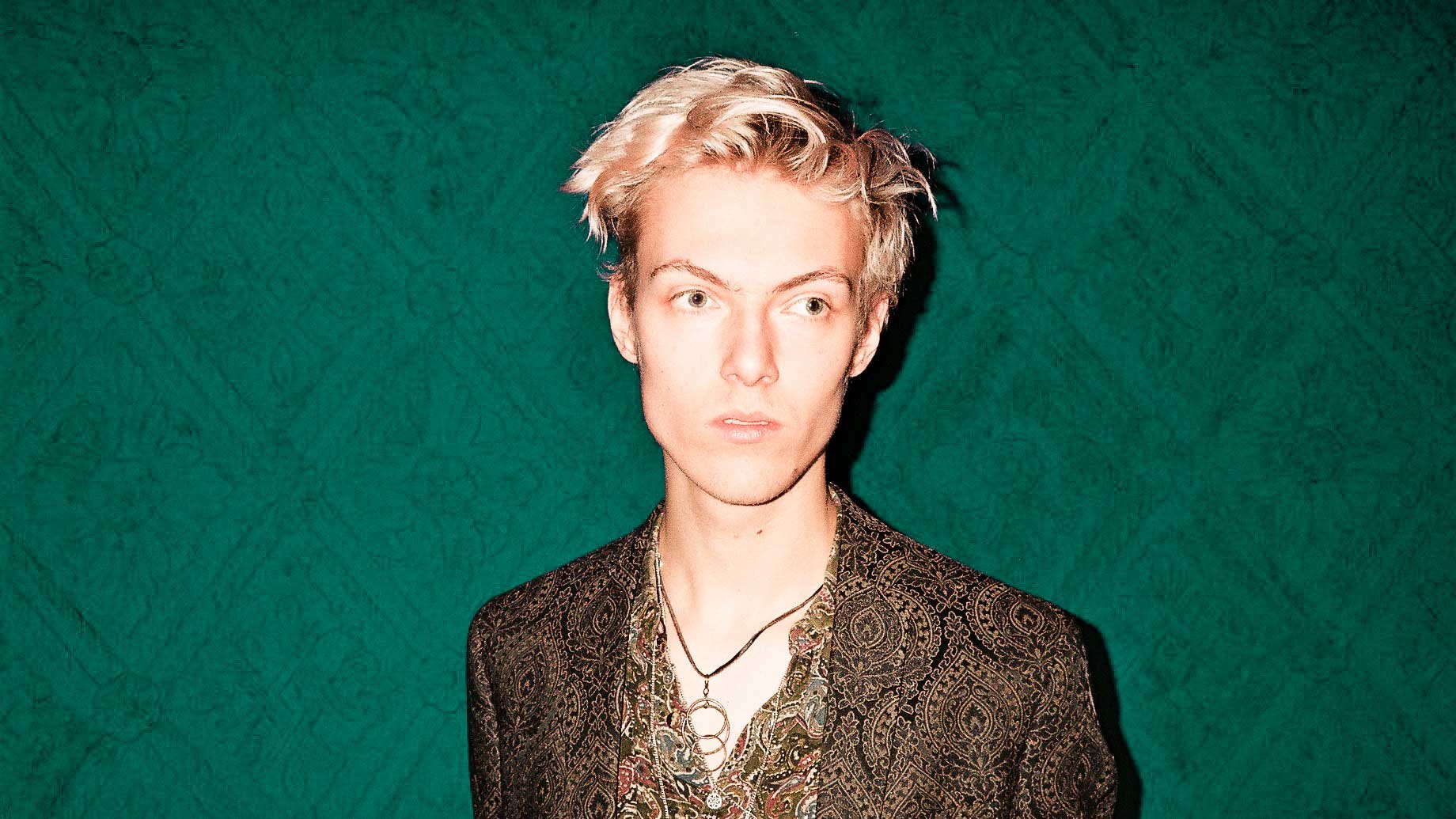Sebastian Hvass on the song “Nightlife” and his new album Night of Charm
*Archive Article: Originally published in the magazine Blacklisted Copenhagen
Last summer, I stumbled upon a musical artist that felt quite comfortable deeming just that–an artist. That is not to say there is not a level of artistry in all music composition, but what stood out to me about Sebastian Hvass, the keystone for the experimental rock band HVASS, was how his process for making music didn’t follow the standard rules of songwriting. It fell more into methods more common in visual and performing arts.
Upon sitting down with him for an interview, which you can read here, I found that the project was primarily a solo experiment where he had drafted some other musicians and collaborated with a light designer for live gigs. All of the instrumentation on Sebastian Hvass’ debut album Flowers of Edo, was orchestrated solo.
Jump forward one year, and HVASS has just released their second full-length record, with a considerable shift in the dynamic of how it was made. What was once the backroom studio project of one man is now the collective dynamic of a group of musicians–in other words, they’re more like a traditional band.
But, I must note that I use the word “traditional” very lightly because there is nothing traditional about HVASS. Even though the dynamic of the songwriting process has evolved, the retention of the artistic process and conceptual composition is still there. Everything from the composition of the songs to the photography and presentation seems to follow a concept inherent to the record.
Sebastian Hvass’ new album, “Nightlife”, pulls inspiration from the dark and seedy moods of the witching hour and beyond, but as a metaphor for the dark side within ourselves–musically and lyrically exploring the carnal nature that exists within us all.
Because the composure and the dynamic of the “band” had changed so much since we last spoke, I reconnected with Sebastian to get a better understanding of how the process and evolution has been for him.
INTERVIEW
You mentioned that this album was constructed more as a collaborative “band” effort, in contrast to the previous ‘Flowers of Edo’ album. How was that process for you?
Well, it was a choice to bring the project down to the ground and create some foundation to build upon. Inspired by our live concerts in 2016, I changed the sound drastically to a more dark & improvised rock sound.
Compared to Flowers of Edo, it turned out to be driven chiefly by instincts rather than precise composing, which supports the thematics on the album in a perfect way.
Do you feel the project's dynamic changed now that it contains the input of other musicians?
Even though I do all the final cuts, there are still a lot of roles and themes that just appeared randomly from Perry’s guitar or Magnus’ bowed bass.
Many of the sounds on the album are made by someone in the band playing something while I feed their signal live through my guitar effects. This created an exciting dynamic where two people would simultaneously work on the same sound, creating unsettling loops and big and monstrous alien howls.
Is “Nightlife” working from a profound conceptual idea like Flowers, or is it more constructed like a traditional “band” album made up of a collection of individual tracks?
Though the album doesn’t seem to have a binary timeline, it evolves around a specific idea of transformation. Where ‘Flowers of Edo’ seemed to find solutions for personal affairs, a self-healing strategy, Nightlife does the opposite; it looks into the dark corners of the soul and embraces the chaos. It wants to unfold the dirtiest version of the self and explore the skeletons in the most bottomless closet.
I recently found sides of myself that seemed more cruel and intuitive than my usual appearance, and though these newly found shadows of the mind rarely see the light of day, they still use a lot of the space in my reflections of the self. Nightlife is the first attempt to use these shadows to create something. The shadows want to purge through the night, becoming increasingly potent and sexual.
Maybe it’s some hidden side of me that has become a highly subdued part of my personality, and now it has scratched the surface and become visible to my eye for the first time.
So to answer the question, the idea behind the album is to investigate the concept of me transforming into this new purging self. The album is set mainly through the eyes of the new self at the very start of the transformation.
Were there any musical influences that you drew from for this particular album?
Not in the beginning; I mainly was trying to leave behind some old influences. I started this abandonment by adding drum machines; that didn’t pan out so well for me, so the drum machine tracks didn’t make the cut.
At some point, I started finding inspiration in some of the most crooked Tom Waits songs, where he would swing between a deep croon and screaming falsetto. I also tried to get some voodoo vibes going; it was essential to me that the album sounded occult and mystic, I tried to find a bit of inspiration for this in African and Cuban music, but it was pretty challenging to find anything that sounded as dark as I wanted it too.
When we last spoke, during the time of the ‘Flowers’ album, you mentioned that when you play live, you and the band would often mix up different sections of the different songs to create a unique composition at each show. Is this still something you practice, or are the songs more “set” now?
We still do this a bit, but not as much back then. We are a bit more confident in the original structure of the songs now, mainly because a lot of the new songs are trance-like, which fits the whole band well, everything is a bit liquid, so the songs end up being built around intuition.
On a more personal note, you also experiment with photography as a visual medium of creative expression. Do you bring these other mediums into HVASS?
I guess I do a lot, actually, but not in a noticeable way. I usually create my music as a mood rather than a traditional song – I will often start by making some artwork/cover/photo and recreate the visual as music if that makes sense. It is not a specific obstruction in the band; It’s just how my mind works.
Do you still work with light and sculpture installation elements in collaboration with the live performances? If so, can you tell me about that?
From time to time. I would never exclude it from the shows, but it’s become more subtle. Hopefully, I will get the chance to play around with it more.
Now that ‘Nightlife’ is out, what are you looking towards experimenting with?
My mind and ideas change a bit too fast right now, so I can’t make up my mind, but as we speak, I’m primarily interested in two things.
First, I want to dive deeper into this newfound corner of my persona and be brave enough to let it take over my musical ideas. Make some musical piece that is not just a reflection of this shadow of the mind but is the shadow itself.
Second, I’ve been thinking a lot about making a catalog-ish project of experimental instrumental collaborations with a network of people, releasing them as tapes, and making strange pop-up-style performances around the city's hidden corners. A type of record label that doesn’t release traditional records doesn’t think of bands or concerts but focuses on ever-shifting collisions between individuals.









